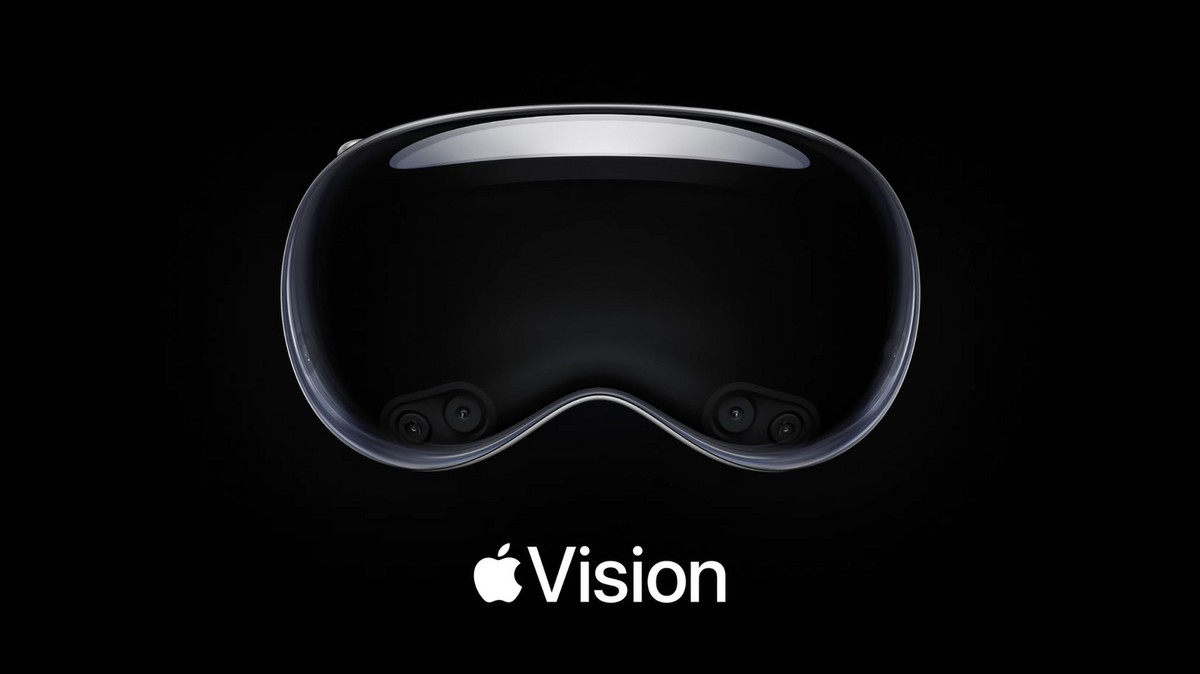
In a move that could make spatial computing more accessible, Apple is reportedly developing a more affordable version of its mixed reality headset. The new device, potentially named "Apple Vision," may hit the market as early as next year with a price tag of around $2,000.
This lower-cost model would serve as a counterpart to the recently released $3,500 Apple Vision Pro. While still a premium product, the $2,000 price point could attract a broader audience to Apple's spatial computing ecosystem.
To achieve this lower price, Apple is expected to make several compromises. The new headset may feature a less powerful processor and utilize more cost-effective materials in place of the aluminum and glass found in the Vision Pro. Additionally, some non-essential features, such as the EyeSight display that shows the user's eyes on the exterior of the headset, may be omitted.
Apple's Vision Products Group is reportedly prioritizing the development of this more affordable option. The team recognizes that the Vision Pro's high price and ergonomic challenges have limited its appeal, and aims to create a device with wider market potential while still delivering an engaging spatial computing experience.
Despite these efforts, it's worth noting that even at $2,000, the new headset would still be a significant investment for most consumers. However, Apple reportedly expects this model to sell at least twice as many units as the Vision Pro, though market analysts suggest even the Vision Pro may struggle to reach 500,000 sales this year.
Looking further ahead, Apple is also said to be working on a second-generation Vision Pro, targeted for release in 2026. This update would primarily feature a faster processor, with few other hardware changes expected. Additionally, the company is exploring the possibility of smart glasses, similar to Meta's Ray-Ban collaboration, as well as AirPods with integrated cameras.
As Apple continues to invest in mixed reality technology, it's clear that the company sees potential in this emerging market. The introduction of a more affordable headset could be a key step in bringing spatial computing to a wider audience and establishing Apple's presence in this evolving tech landscape.